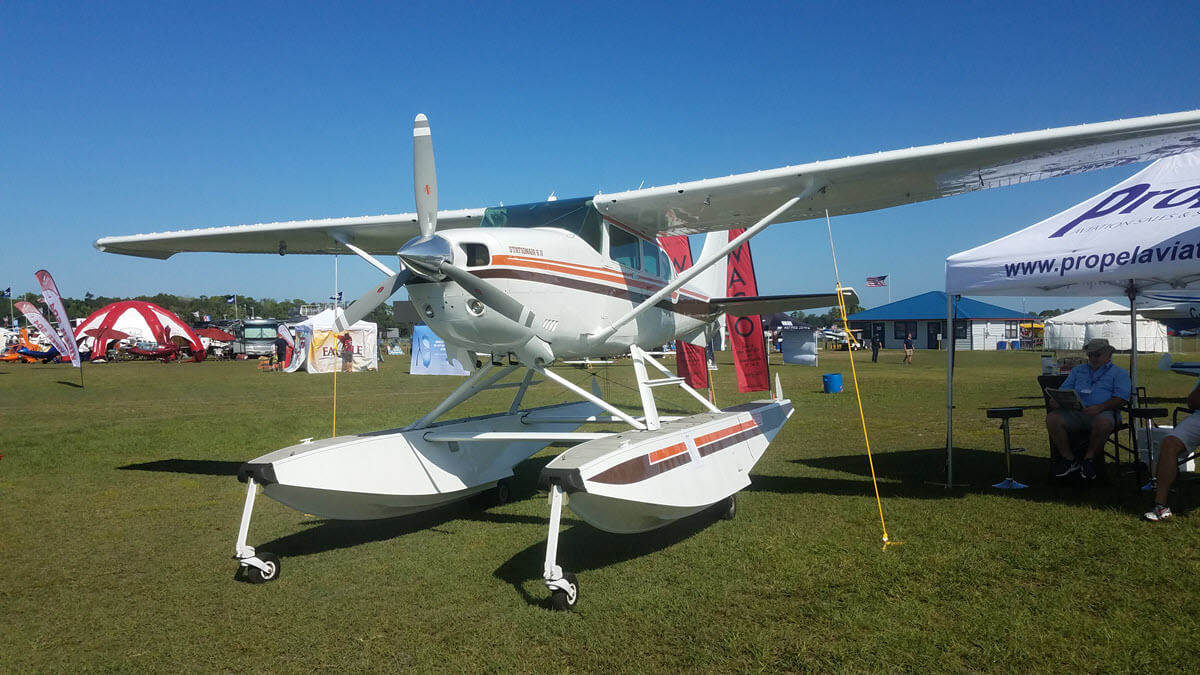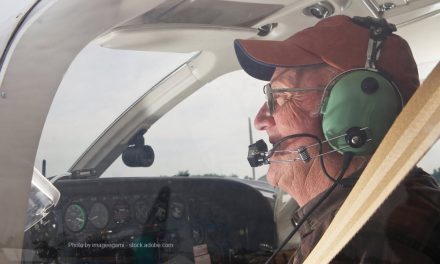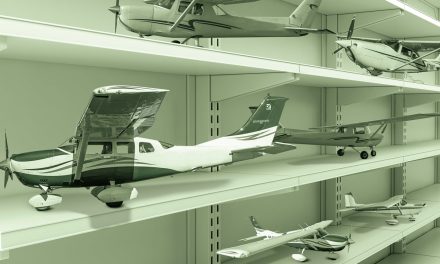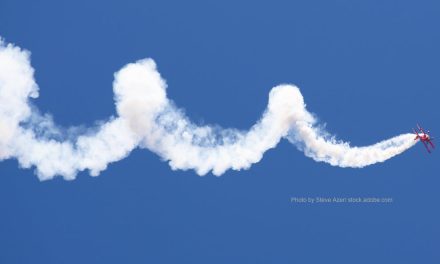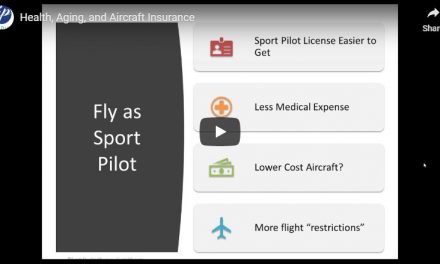Guess what time of year it (almost) is? Spring time! And that means air show season, and air show insurance season.
Which means it is time to start thinking about spring flying and the airshow season. Some of you may still be thinking spring break. I know way back when I was in college, I couldn’t wait for spring break. Then, way back when I was a high school shop teacher, I couldn’t wait for spring break. Oh, and then way back when my kids were younger… yep you guessed it, I couldn’t wait for spring break.
And now … I still can’t wait for spring break. But now I’m not thinking of battling the over intoxicated college crowd, I’m thinking about heading to the “pilots spring break” in Lakeland, Florida. You know what I am talking about, Sun ’n Fun.
Spring show season’s unofficial start
Never been to Sun ’n Fun? Boy are you missing out. Although by now you should already have your Sun ’n Fun hotel reservation. If not, you should probably plan on camping under the wing of your aircraft and enjoying the sometimes hot and sometimes rainy weather that central Florida has to offer.
Camping is one way to go, but me, I’m not much of a camper. I grew up in a family that sold campers, boats, canoes, etc. Now my idea of “roughing it” is a Holiday Inn, but that still doesn’t stop me from enjoying a great event.
I have had great experiences at Sun ’n Fun, which I have written about before. The year the tornados went down the flight line? Okay, that wasn’t such a great year for many, but that was the year I was able to ride in the Blue Angels C-130 Fat Albert during the airshow. It was great experience for me. And more importantly for me I did it without throwing up!
The great thing about Sun ’n Fun, or any show for that matter, is you get all the business in one spot. You can shop for avionics, engines, and clothing all in one great big “strip mall” setting. You are right, there is no Macy’s or JC Penny’s, but there are Garmin, Lycoming, Cessna, and Piper just to mention a few. And don’t forget parts, enough for any aircraft project you might be planning. Last year they even had vibrating reclining lounge chairs. Can’t really get better than that!
Do you need air show insurance? Scroll to the bottom for our members-only webinar.
Air show travel checklist
Flying to an airshow or other event can be a lot of fun. The experience of the cross-country flight, the traffic at a high-density airport, the crowds … it’s all fun and it doesn’t have to be any more dangerous than flying at your home airport.
Just remember, before you go, plan for things that you might expect at an airshow.
Below I put together a few tips that I have heard from customers, friends and my own experiences.
- Check the weather forecast and pack accordingly (but you can always buy stuff if needed)
- Look at the events website and see what’s happened in past years and talk to past attendees about what to expect
- Make sure you have tiedowns appropriate for the event and the size of your aircraft
- Check your aviation insurance and make sure it has the appropriate coverage use of your plane at the event. If you need additional insureds and a Certificate of Insurance start early. Don’t wait until the last minute and not get a chance to display your airplane
- Know the navigation, TFR’s and of course the arrival and departure procedures
- Need a rental car? Reserve ahead.
- Money. Make sure you have more than one credit card and extra cash. One thing about airshows, they always cost money. One of the first things in my preflight is checking my wallet for credit cards and licenses.
- Check your weight. If you plan on shopping for aircraft supplies for the year, make sure your weight and balance will handle the return trip. But, don’t worry, you can always send your passengers home on the airlines if needed.
That checklist will help you get to the show and enjoy it when you’re there. Now let’s discuss what you want to double-check regarding insurance before the show season begins. From the insurance viewpoint, let me share what we have seen as the most common issues at an airshow.
Airshow-itus
This means getting all excited and making high performance takeoffs and landings, or a fly-by that ends up in a mishap. There is something about being at an airshow or a fly-in that gets to a pilot and makes them want to impress others. I do believe that being a pilot is a great achievement. It’s also a great experience and a huge ego boost. But remember the line from “Top Gun,” “Your ego’s writing checks your body can’t cash.” It’s amazing how many people try to “cash” at an airshow.
Volunteerisms
Like most events, shows and fly-ins are manned by volunteers. Volunteers make the shows go around. These people are trying to do their best even if they don’t quite know what they are doing. But they are still volunteers and their ego will get in the way sometimes.
Once you give a person a vest and a flag, they feel empowered. That’s a needed skill, but watch out when they are directing you to park. You are still the pilot and need to have the final decision. Many a pilot has followed the direction of the vested flag bearing volunteer and ended up with a collapsed nose gear or prop strike. They directed, you pay.
Weather
A show like Sun ‘n Fun can be nice in the morning and storming in the afternoon, just like AirVenture. Be prepared for weather changes. That includes tie downs and control locks. And if you are tenting … well, maybe you can sleep in the plane?
General population
This refers to the regulars (or the muggles, or whatever you call the “non-pilots”). I know that kind of sounds bad. But one thing about big airshows, especially if the show has a military team (Blue Angels, Thunderbirds, etc.) they draw big crowds. And not all those people are pilots or owners. Many are just aviation enthusiasts that like watching “Top Gun” movies and dogfighting on their simulators.
That’s okay, a show needs to make money and pilots are small numbers compared to the general public. What that does mean is a lot of the attendees do not know about airplanes and what’s acceptable behavior around aircraft.
People step in front of moving propellers. They put their kids on wings for pictures and they run their heads into ailerons and propeller blades. Okay, I must admit, pilots do those things too, but it is just a higher risk for non-pilots.
Preparing for the worst
But like any show, things happen. That could mean bad weather, parking lot car fires, or aircraft accidents. As a fly-in participant, what do you need to do to get read for the show.
First and foremost, review your current risk plan. What’s your risk plan? Think of it as trying to imagine what kind of thing can go wrong and how you will be prepared to handle those things.
Which brings up air show insurance
If you are flying your aircraft into the airshow to park in the camping area and hang out for the duration of the show, there is probably not going to be a requirement to have or prove insurance. Cool. As I have mentioned before, not all states require insurance and if you feel comfortable without it, that’s your choice.
Although, if your plane gets hit by a wind gust or a tornado and it throws it across the camping area and your plane crushes a freshly restored Cessna 195 or mint Piper Comanche 400, you’ll be the responsible party to pay for the damages, so get out your check book.
If you have a cool antique or experimental aircraft and you want to get it in the judging or show plane circle, they may require insurance, typically liability only. Usually there is a request for the show to be an additional insured, too. It’s also important to note that this means you are putting your aircraft in a “static” display situation. Not all aviation insurance companies cover that on the policy. Make sure you check your policy or talk to your agent about appropriate coverages.
And if you have an aircraft that a manufacturer wants in their booth, make sure that’s covered. It’s still static display, but now it’s in more of a commercial setting.
Which brings up fly-bys. If you are thinking of participating in the factory, warbird, or specific model fly-bys, make sure you have coverage for that, too.
If you are going to participate in formation flying – have experience and make sure you have coverage. A few policies specifically exclude formation flying. Some won’t exclude the formation flying but they don’t want you to do formation flying. They could cancel your policy if they find out.
How could they find out? Many of the aviation underwriters attend the big events, and not always with booths but rather walking the grounds and watching the airshows like the rest of us. If you have an unusual plane, they will probably find out. And yes, sometimes you can add the coverage, but it depends on the underwriter.
One last thing … if you are displaying or flying your aircraft and getting paid, that can be construed as “commercial.” If you have a typical “pleasure and business” policy, you are covered for flying, but not being paid to fly. Even the “business” portion is flying in association with your business, which is not “flying for hire.”
Reimbursement as through the FAA guidelines is okay; being paid to fly is bad, unless you have a commercial policy that covers that specific use of your plane.
Conclusion
In the end, there is nothing like participating in a big airshow like Sun ’n Fun or AirVenture. Where else can you see hundreds of aircraft and thousands of aviation enthusiasts all in one spot? Whatever your interest in aviation, you should be able to find something to look at, take pictures of, fly in, or even buy.
But you know, maybe the biggest thing is the fact that you are getting together with other like-minded aviation junkies and having fun.

Air Shows and Insurance
Scott “Sky” Smith
Scott “Sky” Smith, the insurance expert for the Cessna Owner Organization and Piper Owner Society, presents this essential guide to attending air shows both as a pilot and as a spectator.
What You’ll Learn
– Insurance Gaps When Attending Air Shows
– Little-Known Loopholes That Could Negate Your Insurance Policy
– Participating in Fly-Bys and Formations
– Weather, Moving Propellers, Volunteering, More

